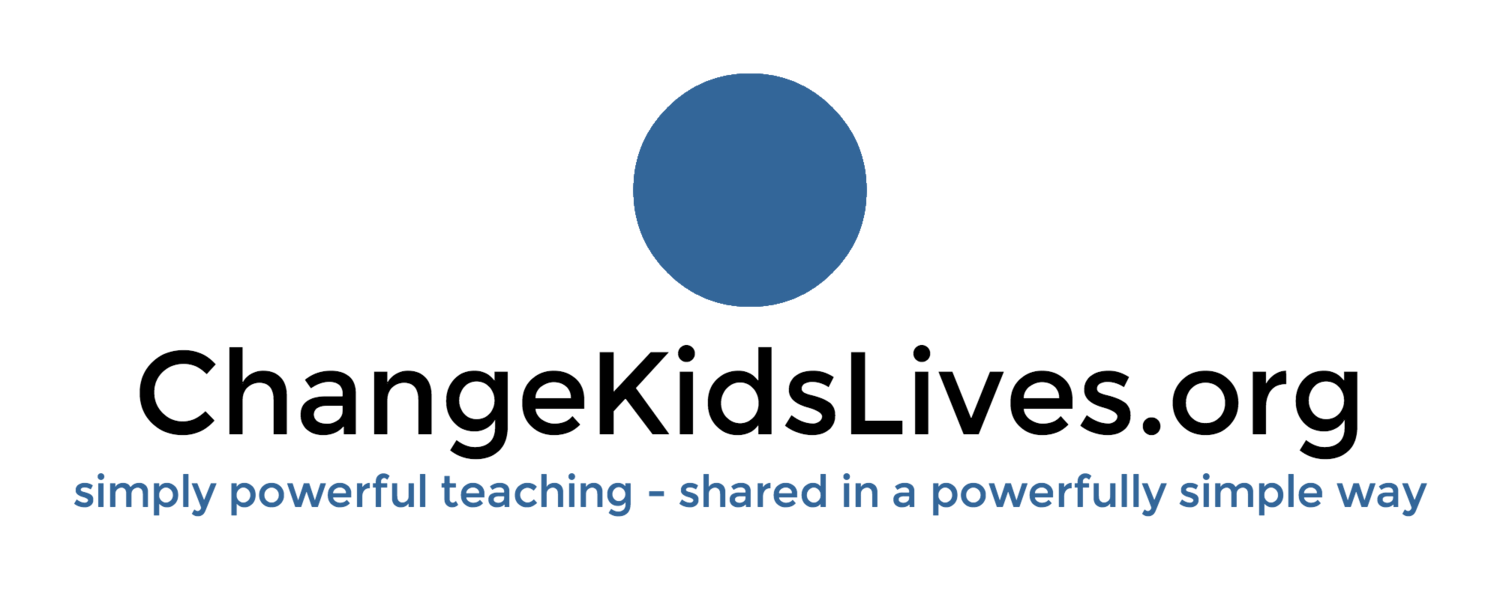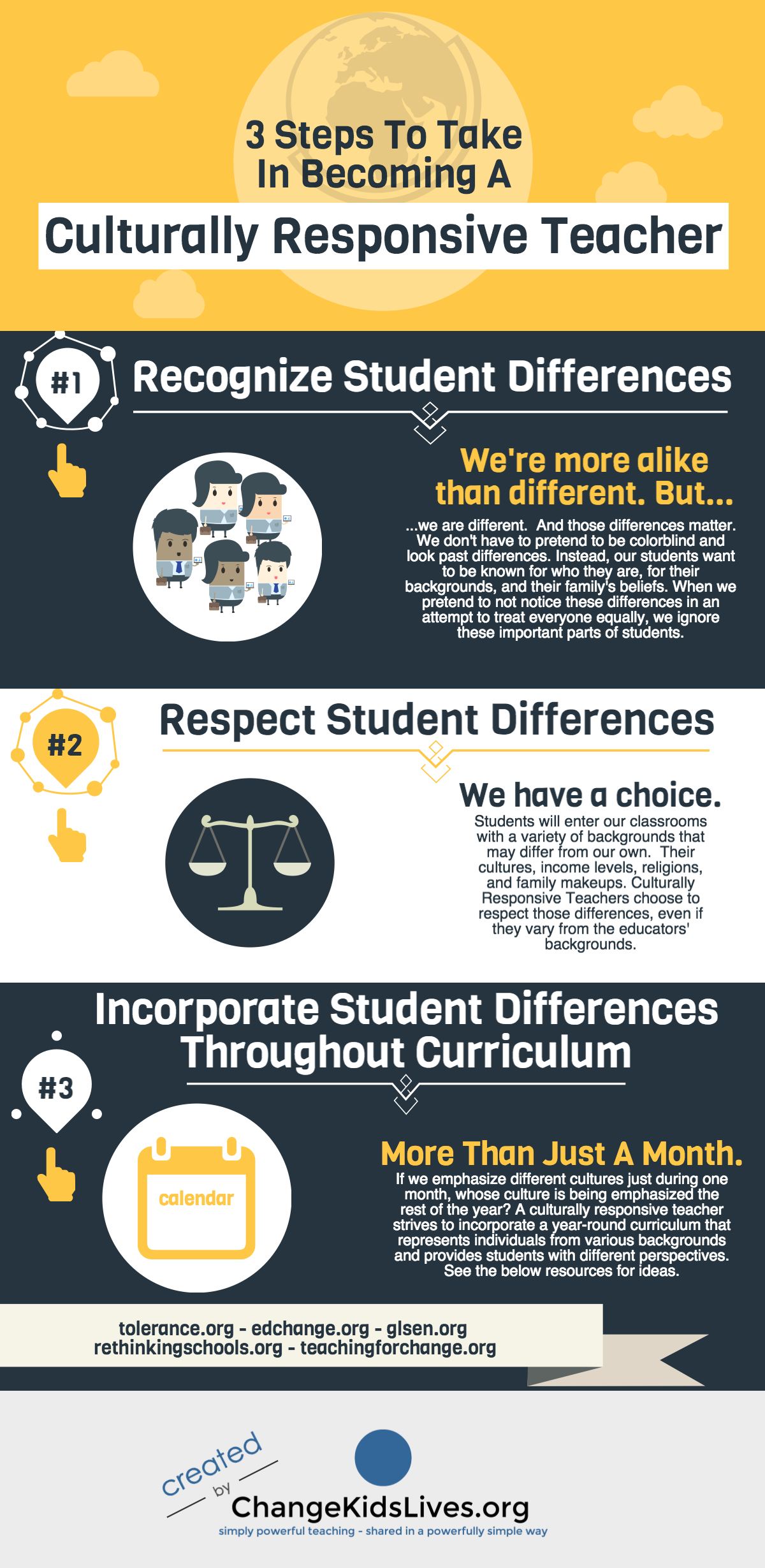How Can We Be A Culturally Responsive Teacher?
simple truth:
The best teachers create a safe and supportive learning environment for all students, not just the majority.
research tells us:
Most teachers choose our challenging profession for the opportunity to positively impact the lives of all students who enter our classrooms. Let me add emphasis that we need to impact all students, not just the majority. To maximize our effectiveness, many educators strive to get to know and understand each of our students on a personal level. Research suggests that through strong student-teacher relationships, student outcomes can increase as teachers can more effectively craft and implement their academic instruction. This concept, which can be referred to as relational teaching, is not new nor controversial.
But what if our students' backgrounds differ from our own? How does this impact our abilities to create trusted relationships where the whole child feels known and respected in our classrooms?
In the fall of 2014, experts shared that students from minority backgrounds are the new majority population in US public schools. Should this impact our teaching? And if so, how? Some teachers share that demographics and backgrounds do not change their teaching style, often saying "I don't see color, I just see the student" or "I treat all of my students the same, regardless of their background." While this may be well-intentioned and an attempt to share an un-biased approach to teaching, much research suggests that this philosophical approach does a disservice and overlooks certain children. Specifically, a 'color-blind' approach to teaching ignores components of children's culture that are important.
Yes, humans are much more alike than different. But we do have differences, and those differences matter. Antiracism author Tim Wise shares that students from minority cultures and backgrounds often feel that the diverse aspects of themselves are invisible and unknown in their classrooms. As teachers, do we subconsciously (or consciously) look past student differences due to being uncomfortable with these differences? And if so, what can we do to correct these blindspots in our teaching?
One solution is becoming a culturally responsive teacher. A culturally responsive teacher does not pretend that they can't see differences. Instead, we need to 1) recognize and 2) choose to respect those differences. Know that those aspects of students may have been previously ignored by past teachers. After recognizing and choosing to respect those student differences, a culturally responsive teacher then intentionally tries to incorporate student differences within the entire academic curriculum throughout the year...not just in certain months.
Being a culturally relevant teacher is important for two reasons. First, it creates an environment that acknowledges and embraces the backgrounds of all students. Second, it helps students to understand and interpret the world around them once they leave our classrooms.
try this:
Strive to recognize and respect student differences, then incorporate them throughout the school year
Do we only emphasize diversity during certain days or months of the year?
Can all of my students, not just the majority, see representations of themselves in my classroom posters and decorations?
When all of my students, not just the majority, open classroom books, materials, and online apps, can they see representations of themselves?
If we answer no to the above questions, start small. Identify a specific subject in our curriculum that lacks diverse perspectives or people groups, and then small and attainable goals to add diversity
For classroom ideas, see tolerance.org, rethinkingschools.org, glsen.org, zinnedproject.org, edchange.org,
review & share this:
For additional reading and referenced research, click here.

